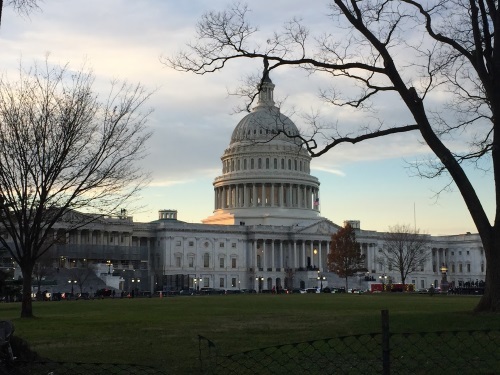The Federal Railroad Administration recently issued a notice of funding opportunity that makes nearly $9 billion in grants available to upgrade and expand passenger rail services along the Northeast Corridor or NEC. Funding applications are due by March 27.
[Above photo by NJ Transit]
The FRA said in a statement that those funds will flow from its Federal-State Partnership for Intercity Passenger Rail grant program, which is funded at $36 billion over the next five years from the $1.2 trillion Infrastructure Investment and Jobs Act or IIJA enacted in November 2021.

The agency added that the NEC – which stretches from Washington, D.C., to Boston – is one of the highest-volume rail lines in the world and encompasses an area that accounts for 20 percent the country’s gross domestic product.
In addition to the availability of nearly $9 billion in federal grants, the FRA is devoted a number of resources to improve freight and passenger flow along the NEC.
In November 2022, the agency issued a list of priority projects for the NEC to provide a “systematic approach” for the improvement and development of this corridor, which serves as the commuter and intercity passenger rail backbone of the region’s railroad network.

Specifically, the list creates a project pipeline to assist Amtrak, state departments of transportation, and the public with long-term planning efforts to improve rail service along the corridor.
FRA said its list would guide up to $24 billion in funding it is investing in NEC intercity passenger rail service through its Federal-State Partnership for Intercity Passenger Rail Program.
That follows upon the release of CONNECT NEC 2035 – a $117 billion 15-year multi-agency action plan to renew the Northeastern U.S. rail corridor – in July 2021 by the Northeast Corridor Commission
That plan – commonly known as C35 – involves Northeastern state governments and state DOTs, the federal government, eight commuter rail agencies, and Amtrak working together through the NEC Commission to develop a “detailed and efficient sequencing” of infrastructure investments covering 150 projects and capital renewal efforts along the corridor.
 Nation
Nation
AASHTO Urges Congress to Pass FY 2026 THUD Bill
November 7, 2025 Nation
Nation

